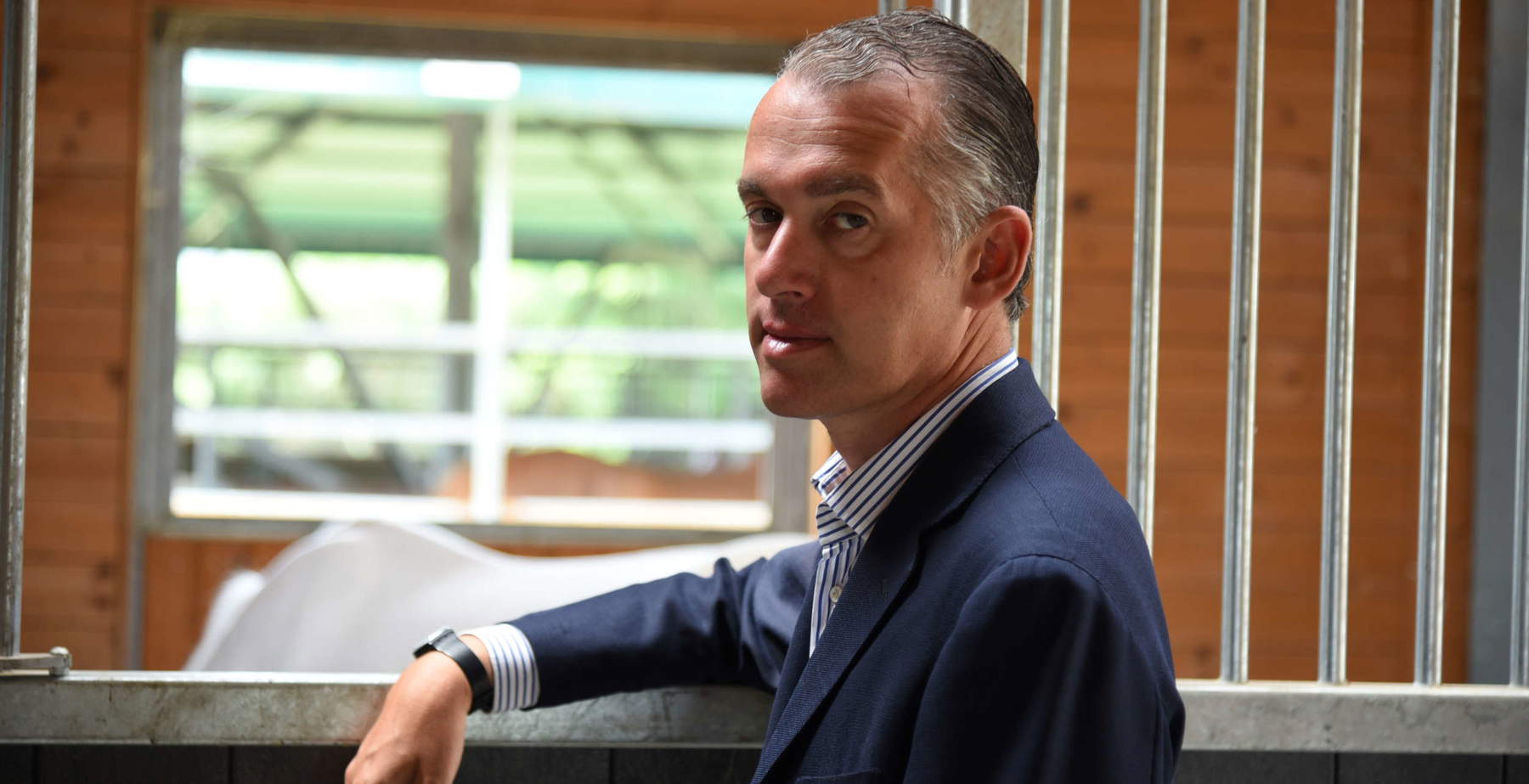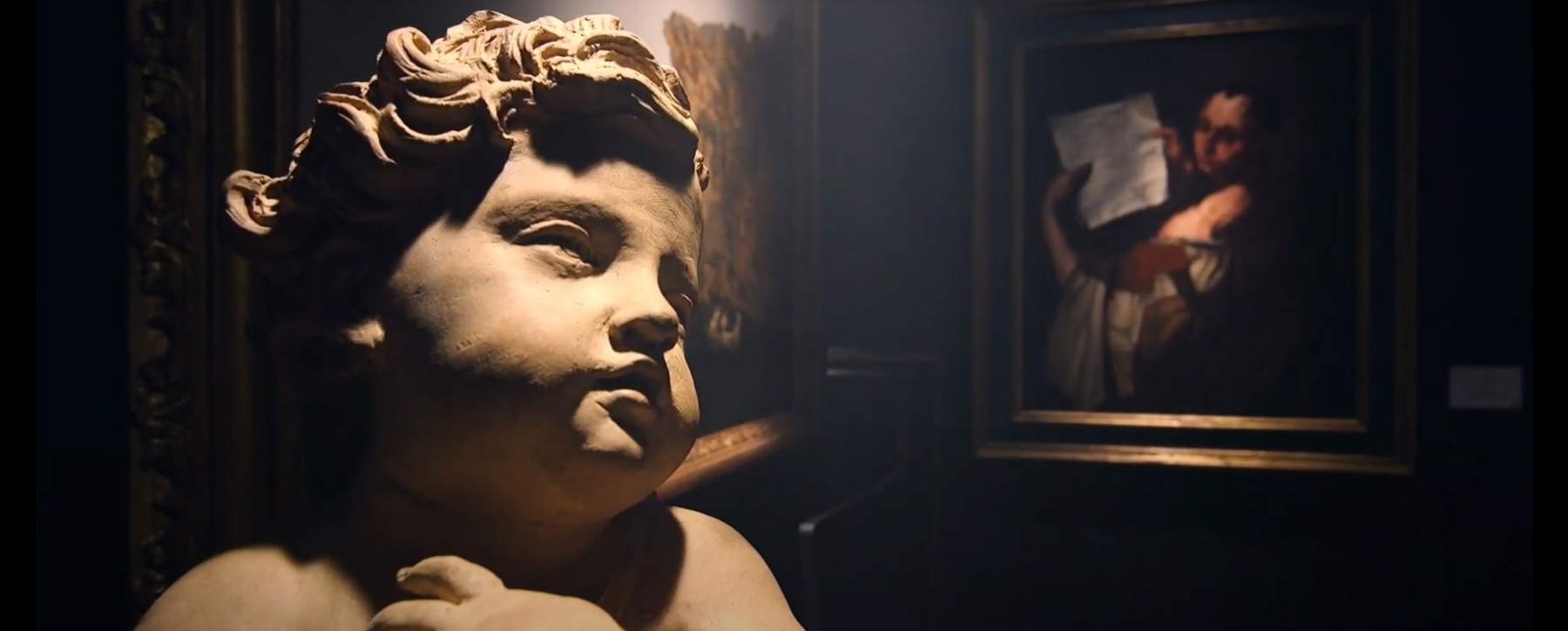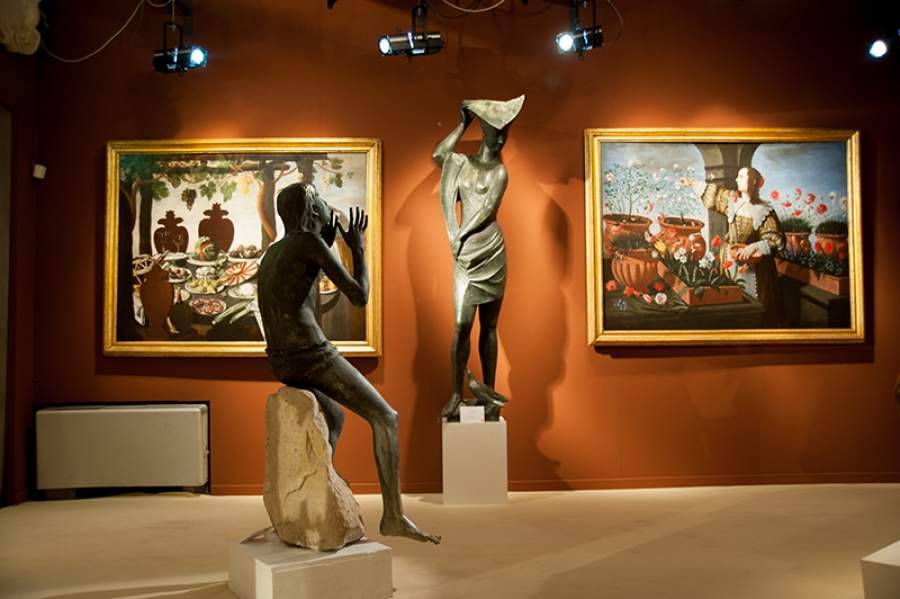Fabrizio Moretti: "The Florence Biennale is not a market exhibition for a select few."
The 33rd edition of the Florence Florence International Antiques Biennale (BIAF) will be held in Florence, at Palazzo Corsini, from September 28 to October 6, 2024. It is one of the most important events in the world as far as collecting antique art is concerned and will be directed, like the last five editions, by Fabrizio Moretti who, since April 2014, thus for ten years, has been the Secretary General of BIAF. We caught up with Fabrizio Moretti who revealed to us some background on this new edition of the Biennial, and the interview is also an opportunity to briefly take stock of the changes that both the BIAF and the market have experienced in recent times. The interview is by Federico Giannini.
FG. You said during the presentation of the Florence Biennale Internazionale dell’Antiquariato that this edition promises to be one of the most beautiful under your management: why will it be one of the most beautiful?
FM. Meanwhile, because after years of working on a project, then eventually results come, and the first result in my opinion is the adherence of the biggest dealers around: some have decided to confirm their presence, others to return, and still others to come to Florence for the first time. So by having the elite of the market, already the exhibition promises to be very important. Then, as far as all the collateral is concerned, we always have great confirmations, with Gucci wanting to be our main sponsor this year-I see this as a confirmation of the work done, of our dedication to the Biennale. Gucci is one of the most important fashion brands in the world, and it’s difficult to tie in with events. Then we will have the gala dinner on September 26, which will be managed, curated and signed by Massimo Bottura, who, by the way, is another excellence of our panorama; we will have the evening at Palazzo Vecchio (the one that will come after the gala evening), which will be organized in collaboration with the Bocelli Foundation, which for the first time will tie in with the art market. I think all these confirmations, even from a slightly more mundane side, are proof that the Biennale attracts a lot, so there are a lot of collectors, curators, directors who will want to come to Florence. Then maybe in a week we’ll be here saying we got it all wrong because there aren’t enough important works, but from what I see, I think the Biennale is shaping up to be very good. We also try to have a very strict vetting, which can sift work by work and thus do a very good job: when I expressed myself by saying “maybe the most beautiful” it is because in the end, after so many years, we have arrived at a very good result. Of course, not that the other Biennales were not beautiful, I don’t remember a bad Biennale, but this year I really feel the fruit of five editions coming to an end.
We mentioned vetting: a major fair like BIAF assumes an extremely rigorous vetting process . Can you give our audience some insight into BIAF vetting, how this process takes place ?
It works the same way as it does at any major event: there is a group of experts, divided by sectors (decorative arts, sculpture, old paintings) that goes around the booths, vets work by work, and then in front of the works with question marks there are meetings, there are discussions, there are insights, and in the end the vetting decides what to do. In case the object is also right, but not up to the Biennale (because it is of insufficient quality, or otherwise not beautiful enough), that object will be removed.
Since we mentioned Gucci earlier: since it is not a given for a fashion brand to tie in, as you said, with even a major art fair, what is the added value of tying in with Gucci? Did you think it might also bring you an audience of collectors who are new, or who perhaps had not yet approached collecting old art?
You anticipated me: what we want to do is to bring a new audience to the Biennale, so let’s say that fashion today is the most transversal sector, because it holds together both young people and adults. So if we today can bring fashion, which in a certain way is synonymous with beauty and elegance, to art, that in my opinion is already a plus point. We have to try all avenues to reinvigorate the stock of collectors we have, because unfortunately they are all of a certain age. Instead, the problem is to find younger ones, but by “young” I mean forty to fifty years old, because before this age we are talking about real exceptions. However, going back to the concept of the Biennale that I really care about, for me anyway it is not just a market exhibition for a select few. The Biennale is the exhibition of Florence, of Italy, of Europe, it’s a time when we give a chance for those who don’t have a chance (because most people can’t afford art: the world is completely unfair, wealth in the hands of the very few and poverty, unfortunately even in Italy, in the hands of the very many), these works that could never be seen publicly, unless they were purchased by public institutions. This to me seems to be a great achievement: if there is a young boy, a scholar, an enthusiast who cannot afford to buy works in galleries, he can enter the Biennale and enjoy a museum. I want to say that the works should also be considered from an intellectual point of view: we do this of work, and consequently we get a profit from the works. But we also do culture, and it is important to give this message as well.



About the audience: of course the audience of the Biennale is always a very high-level audience. There will be directors of Italian and international museums, there will be foundations, companies, big collectors...
That’s right.
But of course there will also be a lot of private collectors. We mentioned earlier that the typical private collector is quite high in age, but still, beyond that, I would like to ask you who is the typical collector who comes to visit the Biennale and who comes to buy. Obviously if there is a typical collector.
The typical profile is undoubtedly the enthusiast, the person who buys because they have a project. Then there is the museum director that you mentioned, the curator, but there can also be the person who knows nothing about art but has to furnish the house, and says, “I go to the Biennale because I find something I like.”
Is this an audience of established collectors, so people who have been around for a long time, or can the BIAF also be interesting territory for people new to collecting old art?
In my opinion, the Biennale is the perfect stage, for any kind of collecting or approaching collecting, because the Biennale is not heavy. We are however inside Palazzo Corsini, which is in my opinion one of the most beautiful palaces in Florence if not in the world, so already going in there and taking a walk, stopping on the terrace to have a coffee, means that you don’t have that heaviness of when you go to visit other exhibitions or fairs that are usually set up inside a shed, so we already have an advantage from this point of view, and then we can attract an audience that comes just for a walk, but at the same time could be made of possible customers. For example, someone who goes window-shopping on Via Tornabuoni or Via Montenapoleone, then eventually sees maybe something in the window and buys it. But he goes around via Montenapoleone because it is pleasant, because he stops at Marchesi’s for coffee, and so on: I think we are that, unlike other exhibitions where you go just for the art.
We also talked earlier, somewhat en passant, about young people. That’s it: I’d like to know why young people keep themselves so ... maybe away from the ancient art market. In your opinion, is there a reason why that of younger people and that of collecting ancient art are perceived as worlds apart?
It has always been that way as long as I have been in this business: the collectors have always been somewhat of a certain age, apart from a few exceptions of a few young people who, however, seemed to have experienced anomalous realities surrounded by ancient artworks. In these cases then one can find even a 30- or 40-year-old buying, but ancient art is always something that one comes to over time. It is as if one wants to approach, I say paradoxically, death: the same goes for those who approach ancient art. So collectors start with contemporary and end up occasionally at ancient: it is rare that there is the reverse transition. And when there is the transition from ancient to contemporary usually it is because the person was not a collector but was an investor, which is moreover the ugliest part of our work, because collectors have to be collectors and not speculate, but this is perhaps a topic we cannot address right now, it would take four interviews.... the real collector is the one who starts with a model and then gets passionate about it. I have known many people who bought contemporary and then contaminated, let’s say, their collections with ancient art.
One of the last times we spoke, in an interview we had done at the last edition of BIAF before Covid, so the one in 2019, we had also talked about the situation of the Italian market, and your assessment was not very positive, since you said that there are many laws, a high tax burden and a bureaucracy that floods both import and export. Five years have passed, has anything changed?
Very little, but I would say that nonetheless my colleagues have done a very good job with the Apollo Group; however, we are talking about small steps forward. I don’t go into what has to come out of our territory at all, but on the possibility of fluidizing the position of the cultural asset ... on that yes. I want to say that we are always too slow; Italy is a country that still doesn’t help. And then anyway it would take more objectivity in giving, let’s say, certificates of free movement, and also a little more elasticity to help the market. In fact many merchants have closed down. I believe that a lot of work still needs to be done, but let’s say that, compared to before, today there is a dialogue that there never was: so bravo to my colleagues in the Associazione Antiquari d’Italia who are carrying on this struggle.
Among the problems that some people are noting is that of VAT on works of art, which in Italy is at 22% while in other countries for works of art the possibility of subsidized regimes is beginning to emerge. In your opinion, is this issue really incisive and does it really have an influence on buyer behavior?
VAT has always been there, I don’t think it drastically changes the market. VAT is there and has to be paid, even abroad it is like that, if you go to Paris and ask for a price it will be, let’s say, 5,000 euros plus VAT. Then if you buy as a company there is no VAT, if you buy as a private person you have to pay it.
What do you think would be urgently needed in the Italian art market to make it more competitive?
In my opinion it would need to be fluidized the import and export of cultural goods, to be speeded up: a dealer who comes to do the Florence Biennale with these rules on import and export has to keep the objects stopped in Italy for a month, a month and a half, and for those who do not have much stock and have to do other fairs this is a limitation. So I would like to see a way, if anything, to make a passport, which I have always proposed several times: a passport that would let the work in and out without problems.
Warning: the translation into English of the original Italian article was created using automatic tools. We undertake to review all articles, but we do not guarantee the total absence of inaccuracies in the translation due to the program. You can find the original by clicking on the ITA button. If you find any mistake,please contact us.





























